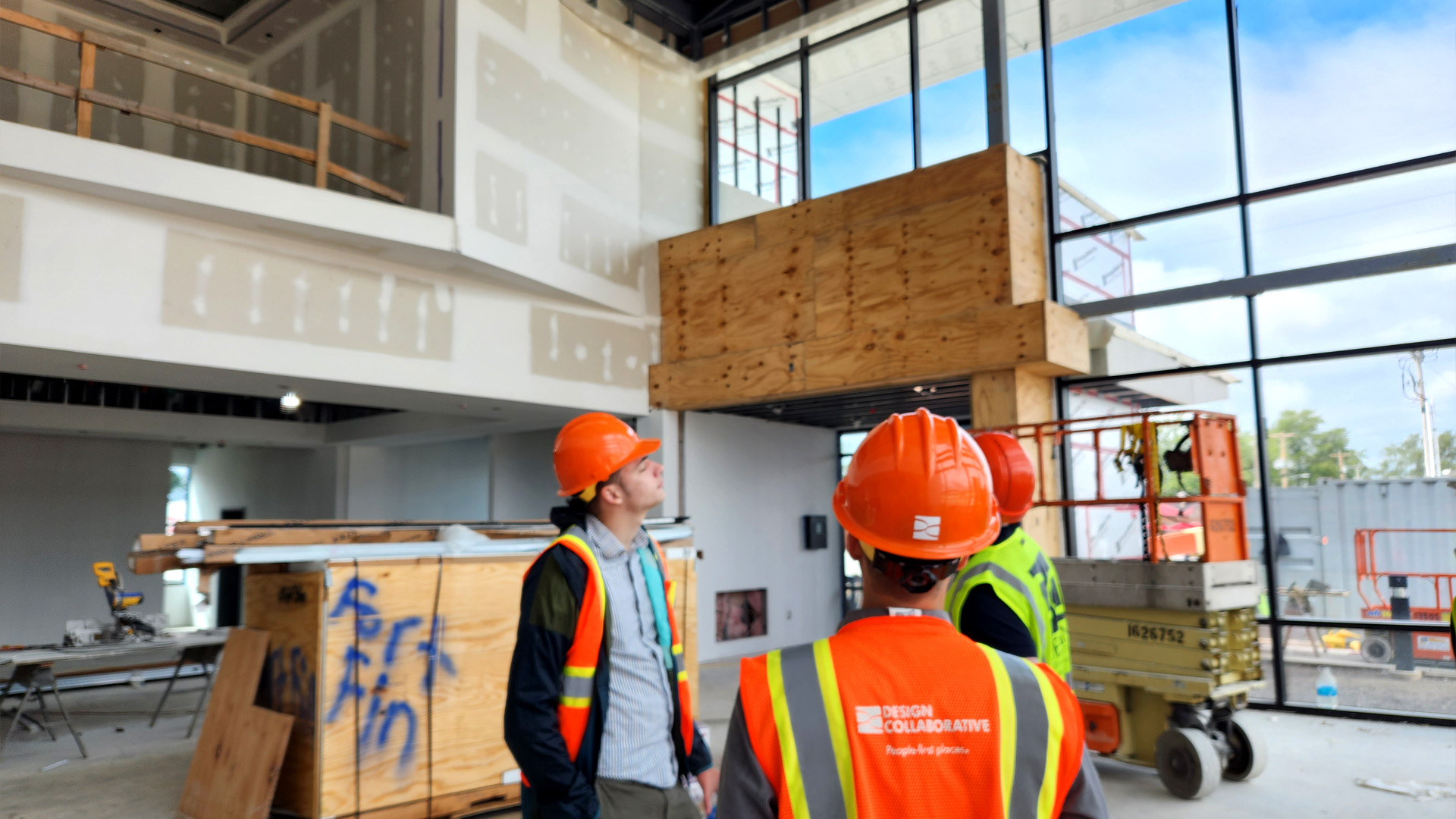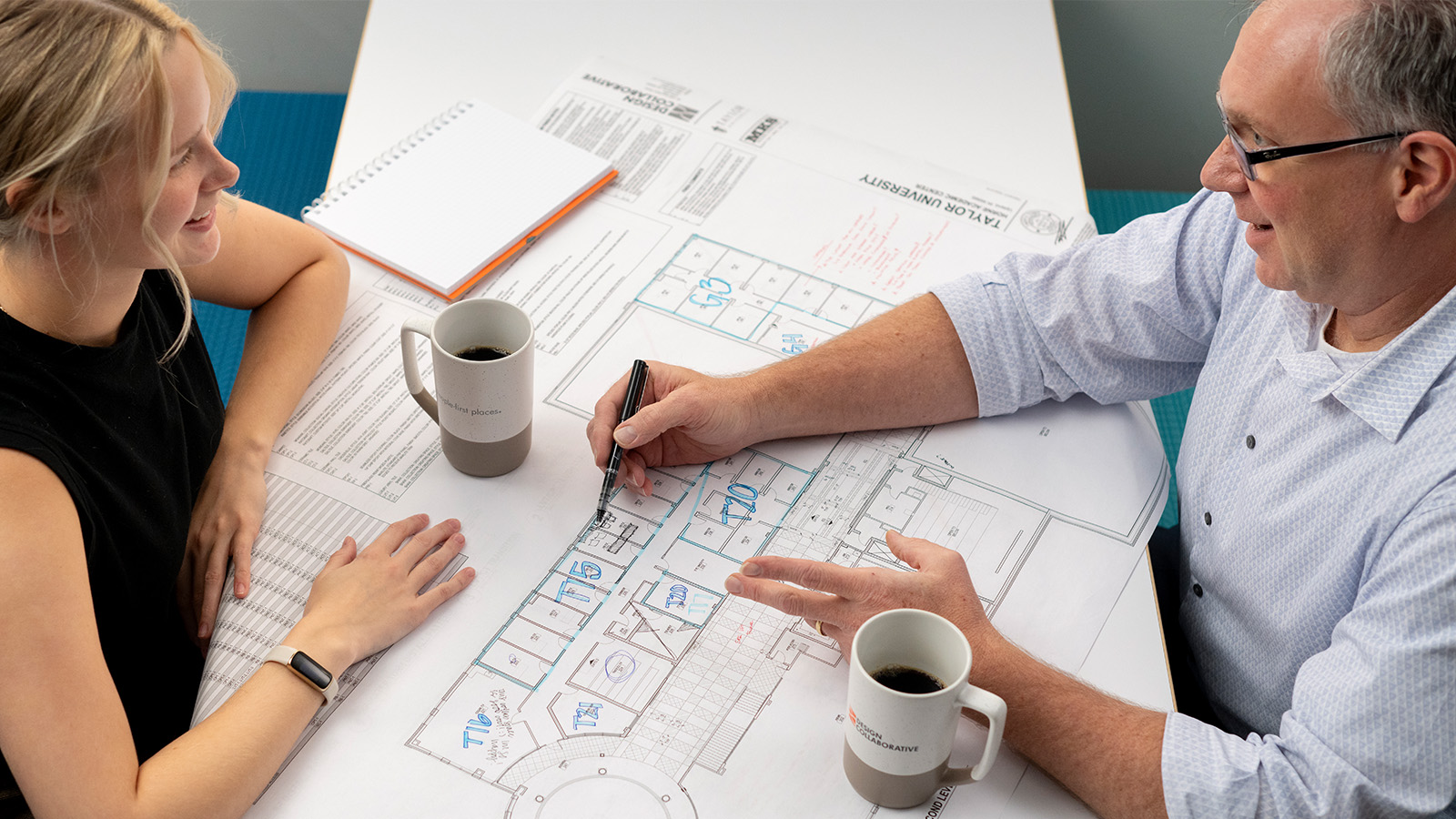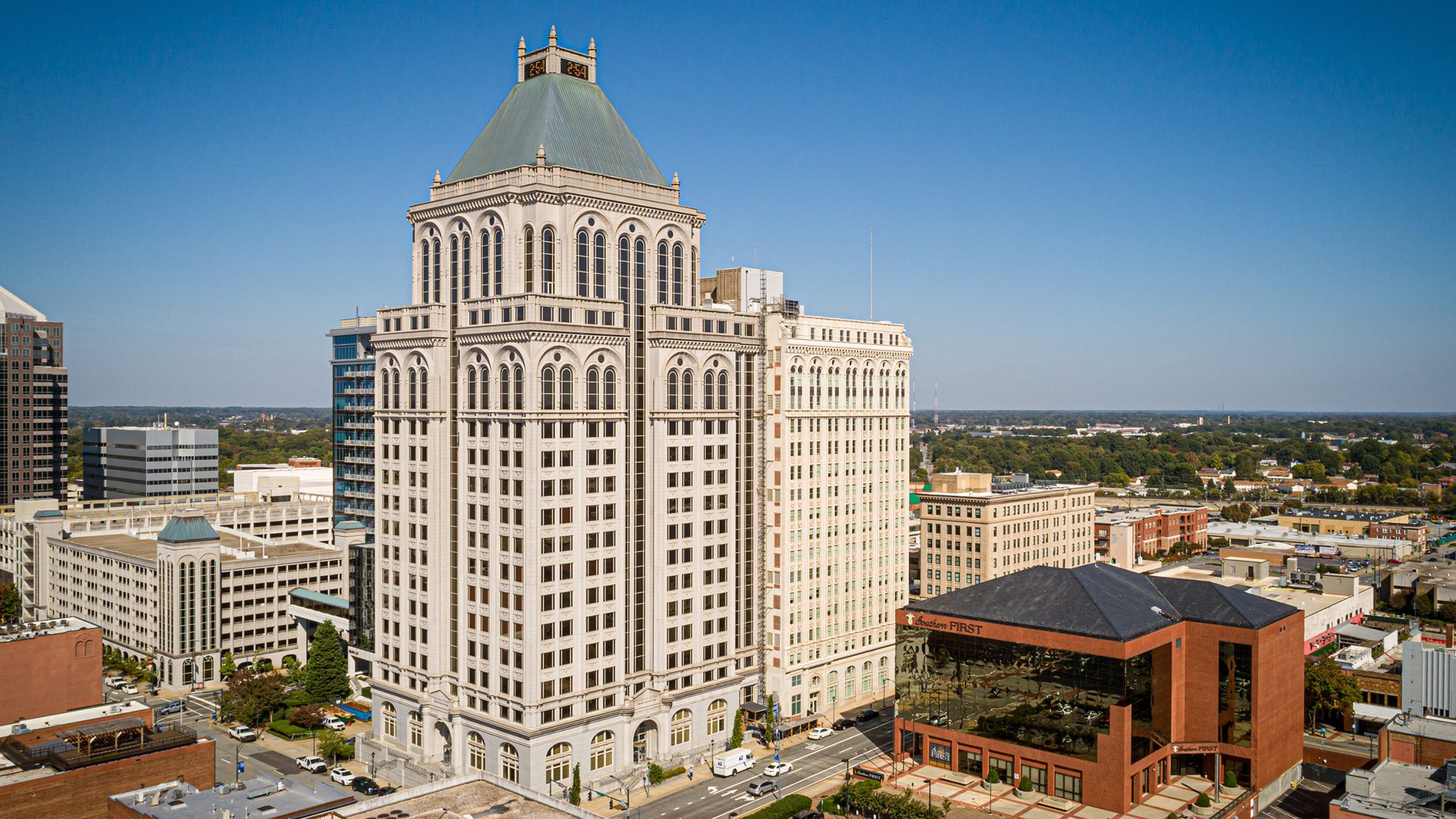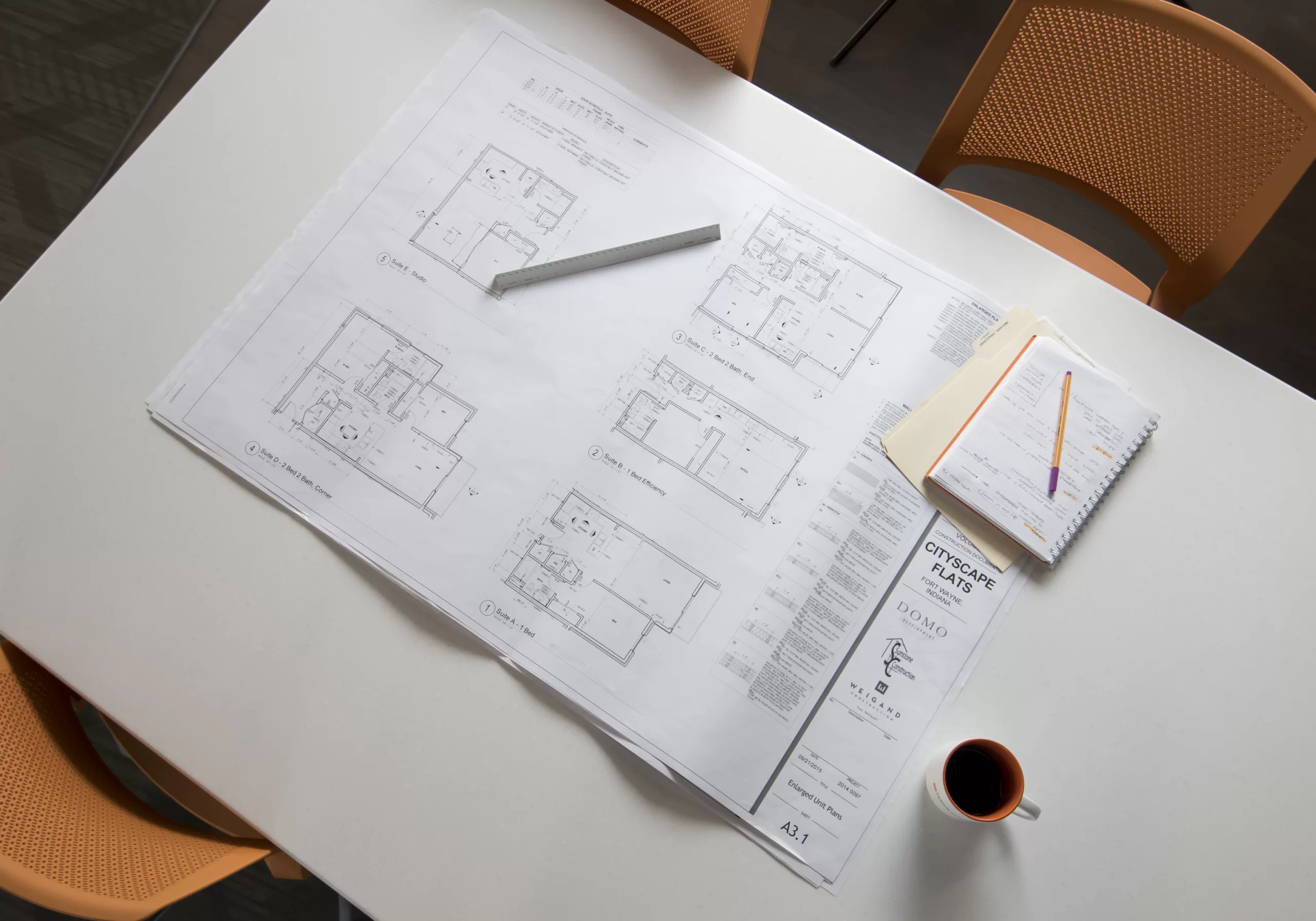Navigating the Building Code for Smarter, Safer Projects
By Mike Grutsch, RA
October 29, 2025Post Tagged in
Every successful building project starts with a great idea, but that idea must also meet one universal requirement: it has to follow the building code.The building code might seem like a technicality, but it’s much more than that. It’s a dynamic framework that protects people, ensures quality, and turns possibility into reality. Understanding how the building code applies to a project early on can save time, reduce risk, and open doors to creative solutions. |
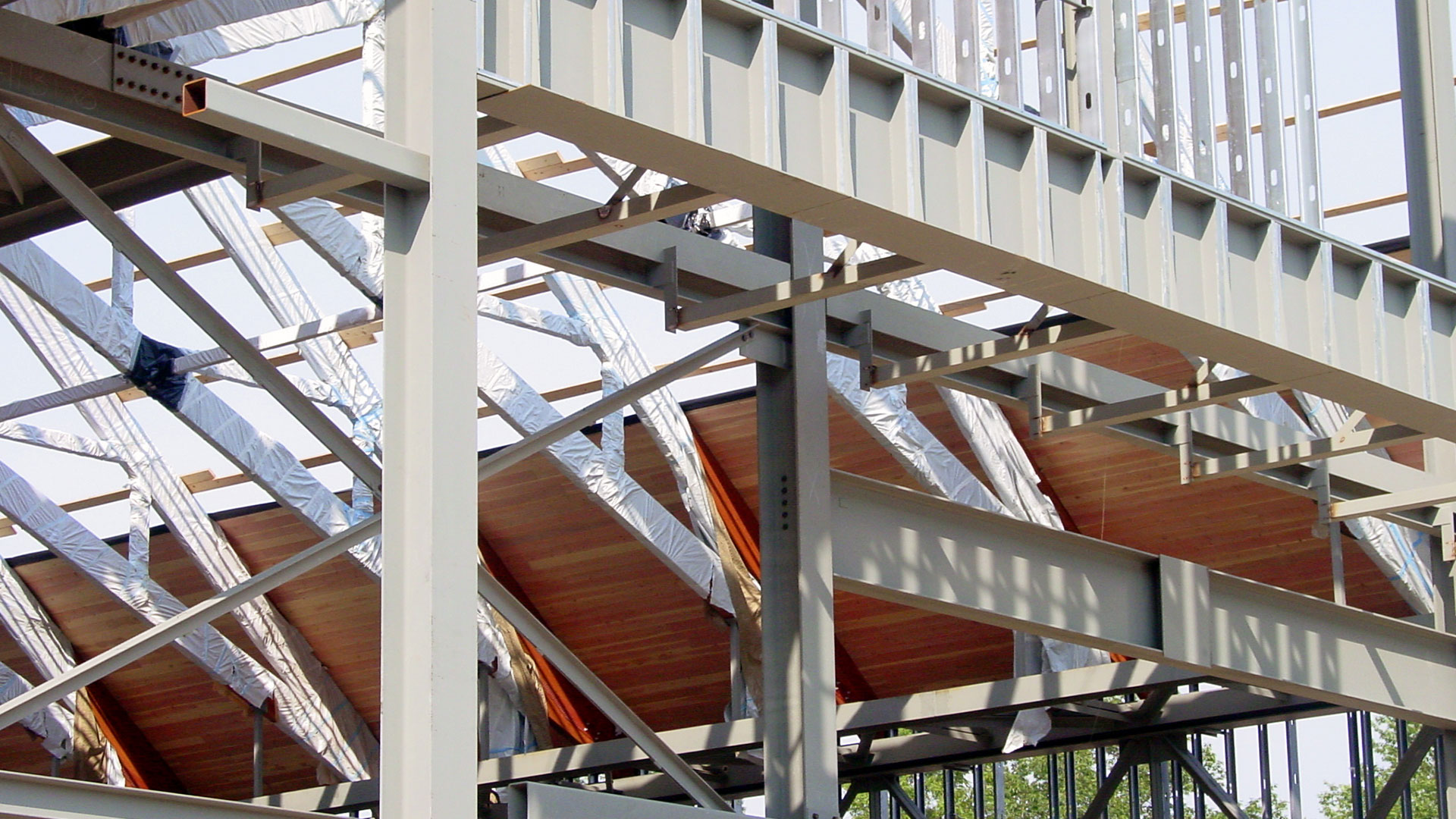
|

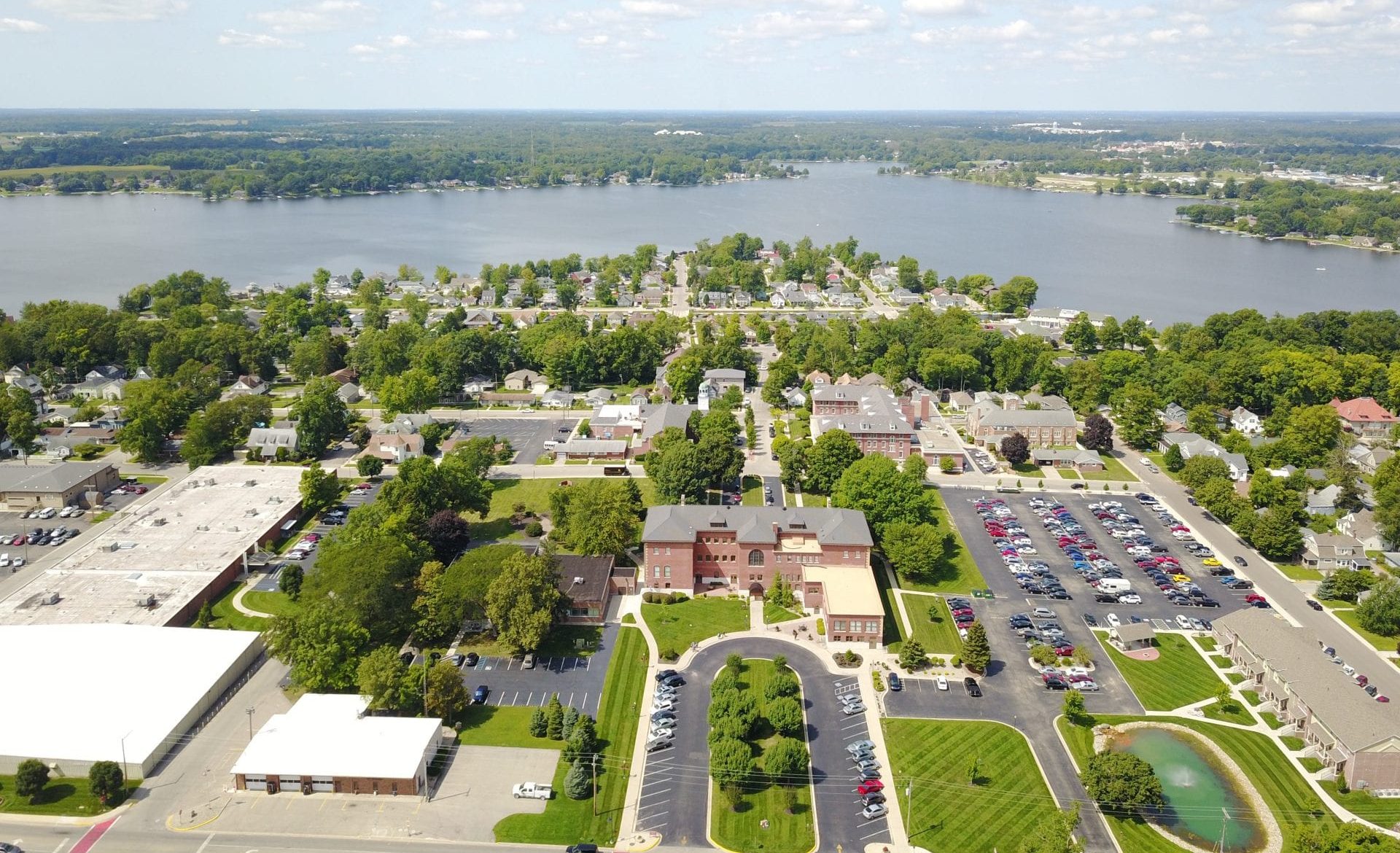 |
Location, Location, LocationEvery project begins with its location, and every location comes with its own rules. The first step in understanding those rules is identifying the Authority Having Jurisdiction (AHJ), the agency responsible for enforcing building regulations. Depending on where your site is located, this could be a city, county, state, or even federal entity. Each AHJ adopts its own version of the International Building Code (IBC) and may amend it to address local priorities such as weather resistance, sustainability, or historic preservation. Knowing which version applies and how it has been modified establishes the foundation for every design decision that follows. Simply put, identifying the applicable codes early is one of the smartest moves a design team and project owner can make. |
